The question of "who hunts virgins" and more will be stripped down and explored in the sexiest trailers hosted by Playboy's Nikki Leigh.
Related Movies

Monsters from the Id (2009)
The 1950s were a time marked by an idealistic feeling. The atomic age, with its promise to save humanity, revolutionized the world, technologically, socially and politically. All these factors gave birth to one of the most prolific film genres in the history of cinema: science fiction, which delighted the audience. Only a few years later, these same spectators saw on their television screens how the Russians launched the Sputnik into space.
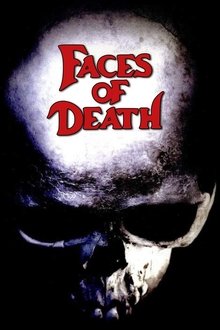
Faces of Death (1978)
A collection of death scenes, ranging from TV-material to home-made super-8 movies. The common factor is death by some means.
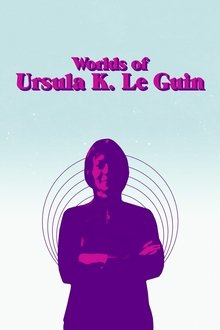
Worlds of Ursula K. Le Guin (2018)
The extraordinary life story of science fiction and fantasy writer Ursula K. Le Guin (1929-2018) who, in spite of remaining for many years on the sidelines of the mainstream literature, managed to be recognized as one of the most remarkable US writers of all time, due to the relevance of her work and her commitment to the human condition.
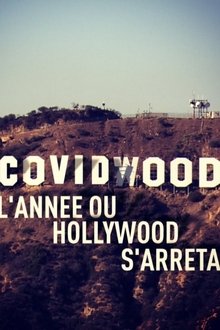
Covidwood (2021)
A French documentary on how Covid-19 affected Hollywood and the cinema industry in the United States.
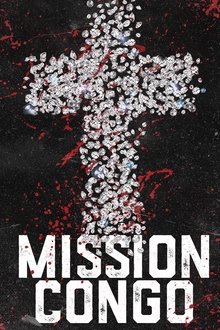
Mission Congo (2013)
A documentary that examines whether a charity organized by Pat Robertson to aid Rwandan genocide refugees was a front for diamond mining.
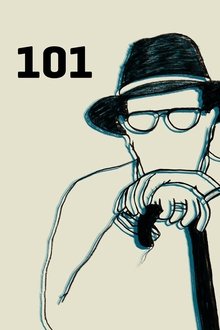
101 (2012)
An exploration of the movie "The strange case of Angelica" and an understanding Manoel de Oliveira's cinema.

2001: Sparks in the Dark (2018)
A recreation of the interview with Stanley Kubrick that Playboy magazine published in its September 1968 issue and that has become essential when approaching the reflections and theories that led the director to shoot one of his masterpieces.
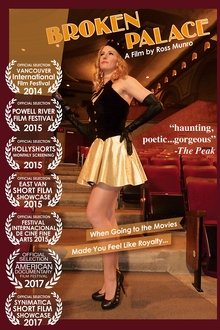
Broken Palace (2014)
A short documentary about the rapidly disappearing era of heritage movie palaces and the film going experience once offered within those hallowed walls.
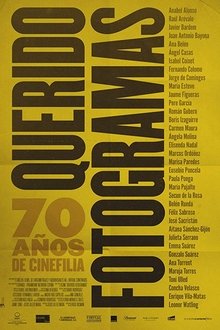
Querido Fotogramas (2018)
The 70th anniversary of the “Fotogramas” magazine comes in the shape of a sentimental voyage through the history of Spanish cinema thanks to a mosaic of voices represented by people who make films, those who write them and those who consume them. The documentary pays tribute to the readers of “Fotogramas” helped by the leading figures of Spanish cinema, who will read to the camera the most representative letters received at its offices in the history of the magazine.
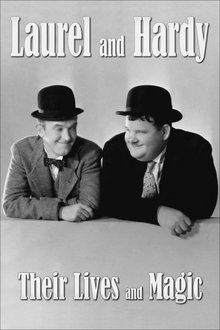
Laurel & Hardy: Their Lives and Magic (2011)
The lives of Stan Laurel (1890-1965) and Oliver Hardy (1892-1957), on the screen and behind the curtain. The joy and the sadness, the success and the failure. The story of one of the best comic duos of all time: a lesson on how to make people laugh.
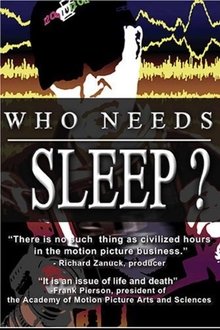
Who Needs Sleep? (2006)
A documentary that highlights the deadly combination of sleep deprivation and long days of work, focusing on the American film industry.

The Arrival of a Train at La Ciotat (1896)
A group of people are standing along the platform of a railway station in La Ciotat, waiting for a train. One is seen coming, at some distance, and eventually stops at the platform. Doors of the railway-cars open and attendants help passengers off and on. Popular legend has it that, when this film was shown, the first-night audience fled the café in terror, fearing being run over by the "approaching" train. This legend has since been identified as promotional embellishment, though there is evidence to suggest that people were astounded at the capabilities of the Lumières' cinématographe.

Disaster Capitalism (2018)
A documentary that reveals the underbelly of the global aid and investment industry. It's a complex web of interests that span the earth from powerful nations and multinational corporations to tribal and village leaders. This documentary offers unique insights into a multi-billion dollar world by investigating how aid dollars are spent.

Forests (2022)
In a dark, ambiguous environment, minuscule particles drift slowly before the lens. The image focuses to reveal spruce trees and tall pines, while Innu voices tell us the story of this territory, this flooded forest. Muffled percussive sounds gradually become louder, suggesting the presence of a hydroelectric dam. The submerged trees gradually transform into firebrands as whispers bring back the stories of this forest.

Writing Heads (2013)
They are the first and the last, those who imagine stories and give voice to the characters who live them. However, they never speak. But now, they emerge from the shadows of a poorly lit room and tell their secrets, their tricks, their influences; they tell their own story, that of those who face the blank page, the absolute nothingness; that of those who are the true authors, those who create and destroy entire universes. They are the screenwriters.

The Batman Shootings (2012)
The premiere of The Dark Knight Rises was the big event in Aurora, Colorado. So popular with young cinema-goers, the city's theatre complex put on an extra showing. But minutes into the film, lone gunman James Holmes, dressed as the Joker, entered the room and started firing indiscriminately. Twelve people died, many more were injured. This documentary tells the life story of Holmes, of his victims and speaks to survivors.
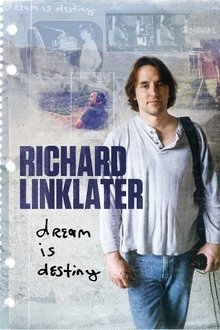
Richard Linklater: Dream Is Destiny (2016)
Highlighting one of the most innovative American directors, this film reveals the path traveled by the auteur from his small-town Texas roots to his warm reception on the awards circuit. Long before he directed Boyhood, Richard Linklater’s intense desire to create fueled his work outside the Hollywood system. Rather than leave Texas, he chose to collaborate with like-minded artists crafting modest, low-budget films in a DIY style. His ability to showcase realistic characters and tell honest stories was evident from his films, and others soon took notice of his raw talent.
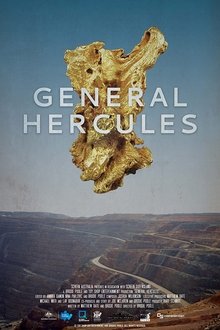
General Hercules (2022)
In June 1893, European prospectors unlawfully took claim to ‘The Golden Mile’ on Aboriginal land. In little over a hundred years the natural landscape has been transformed into the industrial hellscape of Kalgoorlie-Boulder. As incumbent Mayor John Bowler starts to campaign for a second term, independent prospector John ‘General Hercules’ Katahanas decides to run against him on an anti-corruption ticket. What starts out as a quirky David-vs-Goliath political battle, unravels into a portrait of a man, a town and a country sent mad by the timeless cycles of exploitation, racism and greed.
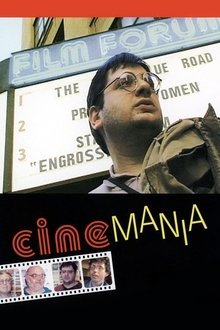
Cinemania (2002)
This documentary about the culture of intense cinephilia in New York City reveals the impassioned world of five obsessed movie buffs. These human encyclopedias of cinema see two to five films a day, and from 600 to 2,000 films per year. This is the story of their lives, their memories, their unbending habits and the films they love.
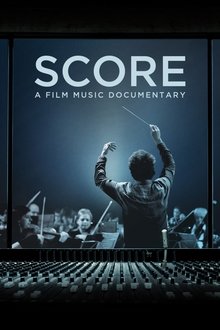
Score: A Film Music Documentary (2017)
Music is an integral part of most films, adding emotion and nuance while often remaining invisible to audiences. Matt Schrader shines a spotlight on the overlooked craft of film composing, gathering many of the art form’s most influential practitioners, from Hans Zimmer and Danny Elfman to Quincy Jones and Randy Newman, to uncover their creative process. Tracing key developments in the evolution of music in film, and exploring some of cinema’s most iconic soundtracks, 'Score' is an aural valentine for film lovers.